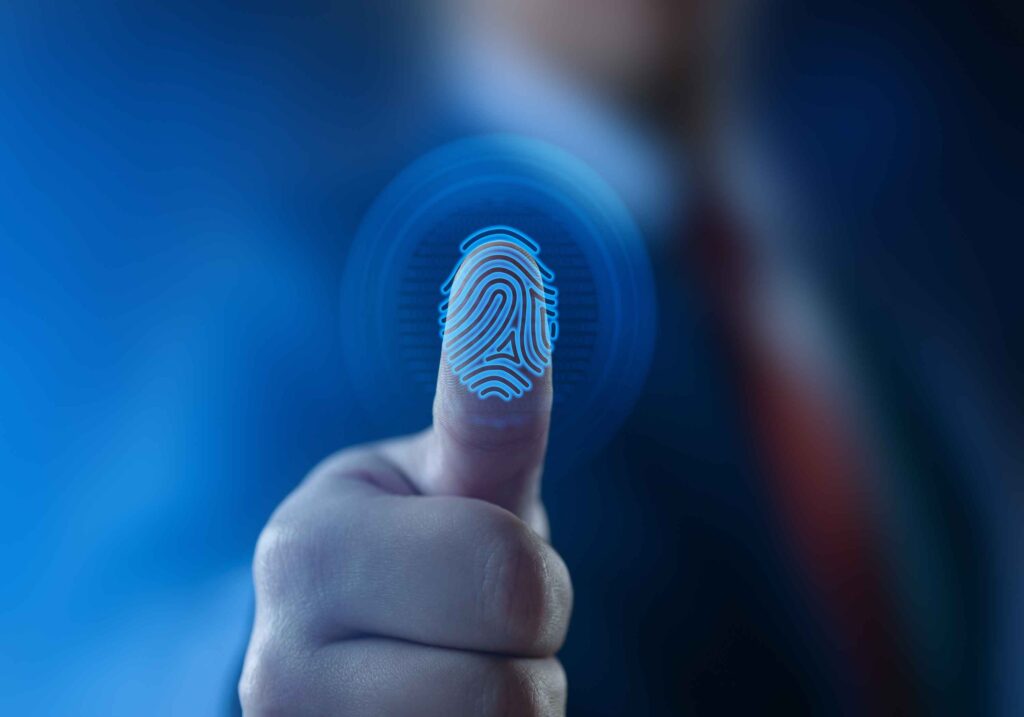In today’s digital age, the need for secure and reliable authentication methods is more crucial than ever. Traditional methods such as passwords and PINs have been widely used, but they are increasingly being challenged by the emergence of biometrics. Biometric authentication, which relies on unique physical or behavioral characteristics, offers a promising alternative. This article explores the pros and cons of biometrics compared to traditional authentication methods, shedding light on their respective advantages and limitations.

Pros of Biometrics:
1. Enhanced Security: Biometric authentication provides a higher level of security compared to traditional methods. Biometric traits, such as fingerprints, iris patterns, or facial features, are unique to individuals, making it extremely difficult for unauthorized access.
2. Convenience and Speed: Biometric authentication eliminates the need to remember complex passwords or carry physical tokens. Users can simply use their own body parts, such as fingerprints or facial scans, to authenticate themselves quickly and effortlessly.
3. User-Friendly: Biometric authentication is intuitive and user-friendly, especially for individuals who may struggle with the complexity of traditional methods. It requires minimal effort and can be easily adopted by individuals of all ages and technical proficiency levels.
4. Difficult to Replicate: Biometric traits are difficult to replicate, making it challenging for potential attackers to bypass the authentication system. Unlike passwords or PINs, which can be stolen or guessed, biometric features are unique and cannot be easily duplicated.
5. Multi-Factor Authentication: Biometrics can be combined with other authentication factors, such as passwords or tokens, to create a multi-factor authentication system. This adds an extra layer of security, reducing the risk of unauthorized access.
Cons of Biometrics:
1. Privacy Concerns: One of the main concerns with biometric authentication is the potential invasion of privacy. Collecting and storing biometric data raises concerns about its misuse or compromise, especially if the data falls into the wrong hands.
2. False Rejection: Biometric systems may occasionally reject legitimate users due to factors such as environmental conditions, variations in biometric features, or technical limitations. False rejection rates need to be minimized to ensure a smooth and reliable user experience.
3. Irrevocability: Unlike passwords or PINs, which can be changed if compromised, biometric traits are permanent and cannot be easily modified. If a biometric template is compromised, it becomes challenging to revoke and replace, potentially leading to long-term security risks.
4. Cost and Infrastructure: Implementing biometric authentication systems can be costly, requiring specialized hardware and software infrastructure. The initial investment and ongoing maintenance costs may pose challenges for organizations, particularly smaller ones with limited resources.
5. Ethical and Legal Considerations: Biometric data is classified as sensitive personal information. Organizations need to comply with strict ethical and legal frameworks to ensure the responsible collection, storage, and use of biometric data. Failure to do so may result in legal consequences and damage to the organization’s reputation.
Conclusion:
Biometrics and traditional authentication methods each have their own set of advantages and disadvantages. While biometric authentication offers enhanced security, convenience, and user-friendliness, concerns regarding privacy, false rejection rates, and irrevocability need to be addressed. Organizations considering the adoption of biometrics should carefully evaluate the associated costs, infrastructure requirements, and legal implications. Moreover, a multi-factor authentication approach that combines biometrics with traditional methods can provide an optimal balance between security and usability.
As technology continues to evolve, biometric authentication is expected to become more prevalent, offering a promising solution to the limitations of traditional methods. However, it is crucial to strike a balance between convenience and security while addressing ethical and privacy concerns to ensure the widespread adoption and acceptance of biometrics in the future.